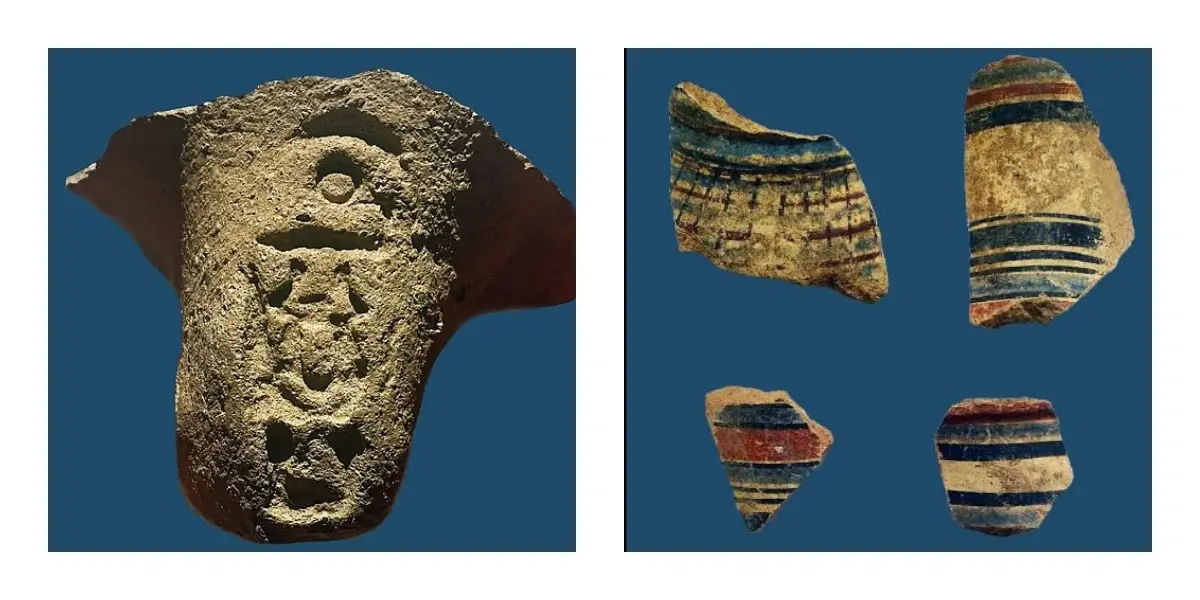 Some researchers believe that the mysterious ruins found in may be linked to the biblical story of Moses.
Some researchers believe that the mysterious ruins found in may be linked to the biblical story of Moses.
The discovery was made at the archaeological site of Tell el-Haruba in Sheikh Zuweid, a Bedouin town in North Sinai.
The remains of the enormous 3000-year-old fortress are located along the legendary Way of Horus. Experts suggest that this very road might be referenced in the Book of Exodus as the shortest route by which led the Israelites out of Egypt. The age, scale, and location of the discovered structure align with the chronology and geography described in the biblical narrative.

Egypt’s Ministry of Tourism and Antiquities announced the discovery, calling the fortress one of the most significant ever found along the Way of Horus—a military and trade artery that connected Egypt to Canaan in ancient times.
Archaeologists stated that the fortress was built during Egypt’s New Kingdom, between 1550 and 1070 B.C. It served as a powerful outpost guarding the eastern border of the empire during the time when Moses may have lived.
Researchers noted that “the recently discovered fortress is a tangible reminder of the ancient road where soldiers once watched as, according to the Scriptures, people fled to the Red Sea.”
What else have scientists reported about the fortress?
Archaeologists unearthed fortifications covering approximately 8,000 square meters, complete with eleven defensive towers, thick brick walls, and numerous that provide evidence of daily life in ancient times.
Among the findings were clay shards and vessels, as well as a jug handle inscribed with the name of Pharaoh Thutmose I, who ruled around 1506-1493 B.C. This helped scientists date the structure to the height of Ancient Egypt’s power, as reported by Daily Mail.

“The findings confirm that the fortress was a center of daily life for soldiers, fully operational,” the ministry stated.
Scientists also discovered a large number of volcanic stones, likely imported from the Greek islands. Additionally, the fortress featured a large bread oven and remnants of hardened dough. These intriguing details help paint a picture of life on the remote borderlands of Egypt over 3000 years ago.
Historians noted that while the discovery does not definitively prove the Exodus story, it does support key elements of its prehistory. Specifically, regarding the existence of a heavily guarded military road that, according to the Bible, the Israelites were instructed to avoid.
The Way of Horus, along which fortresses like this one were situated, was the most important trade and military route stretching from the Nile Delta in Egypt to the borders of Canaan.
